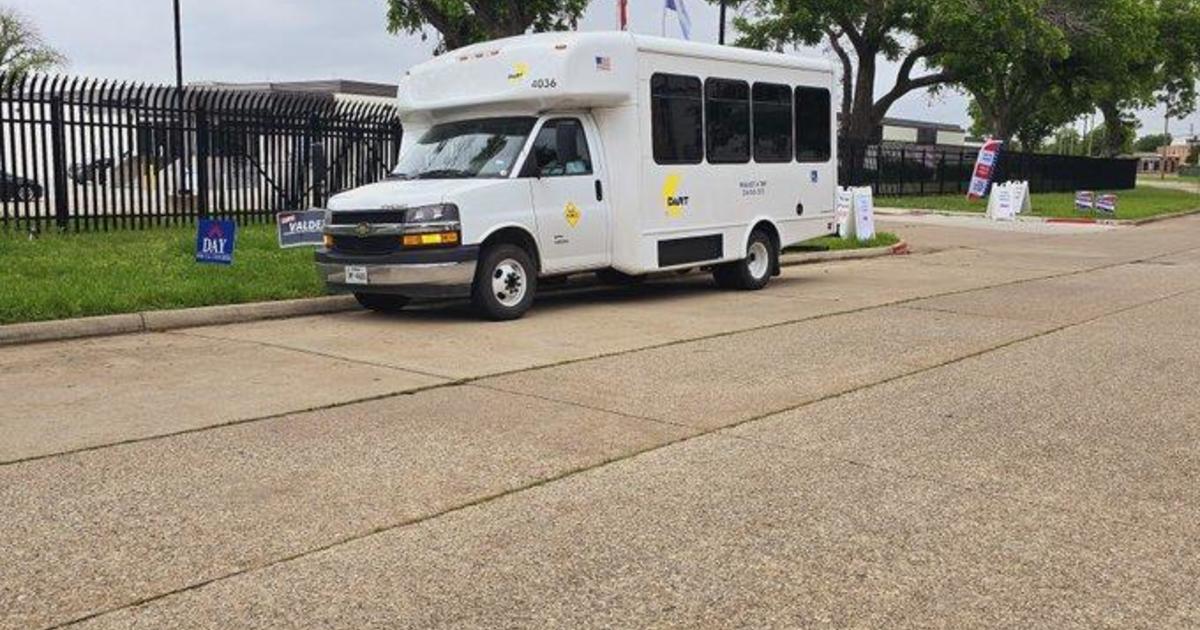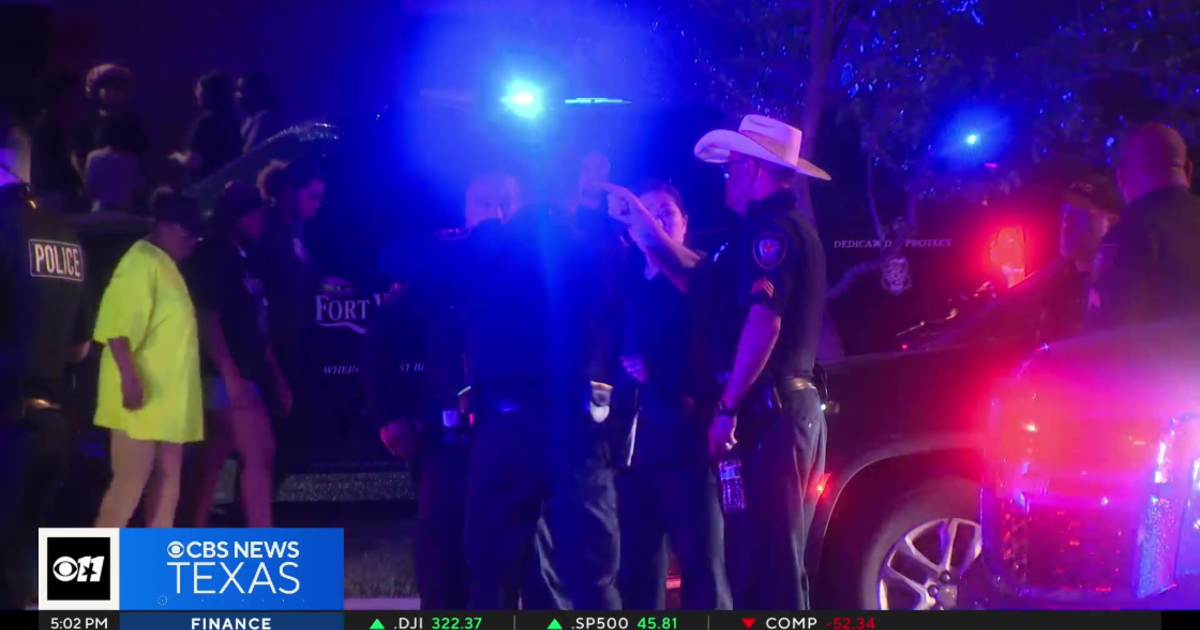Doctors Using Fiber Optics For Prosthetic Limbs
FORT WORTH (CBSDFW.COM) - Imagine not being able to pick up a drink, a pen, or even hold a spouse's hand. For thousands of North Texans living as amputees, that is reality. But, some local engineers are teaming up with medical science to help transform that reality and change lives.
Bernie Diamond of Fort Worth is the picture of health. The former fitness model turned hairdresser was on top of his game. But, three years ago, everything changed in a split second when he was randomly shot while standing outside a home in Dallas.
"I got shot at such a perfect angle that it shot through the wrist and blew out the entire back of my hand," Diamond said.
After many surgeries and attempts to rehabilitate his left hand, Diamond and his doctors made the decision to amputate his hand just above the wrist.
"I remember I was crying the entire time saying please don't take my hand, please don't take my hand," Diamond said.
He had to learn to function with a prosthetic replacement, which doesn't allow for much movement. But, that's what researchers at Southern Methodist University and the University of North Texas are trying to change.
"Today we have very sophisticated robotic arms," explained Marc Christensen, chair of the electrical engineering department at SMU. "What we're lacking is a good interface to control them."
Dr. Gunter Gross at UNT, and Doctors Christensen and Volkan Otugen at SMU are working to create a system of fiber-optic wires and sensors that can replace the vast network of nerves inside a limb.
"It's a link to send and receive information between the brain and the limb," explained Dr. Otugen, chair of the mechanical engineering department at SMU.
When you move, signals are sent from your brain down a pathway of nerves that control your muscles telling them to move. But, when a limb is amputated, that connected is severed. Now, the microscopic sensors Dr. Otugen is developing will be joined with nerves in the patient's body to re-establish that connection. The signals from the brain will travel through the nerve, into the sensors, and then down the attached fiber-optic line to another sensor attached to the prosthetic motor.
"They'd be in a cuff right at the terminus end, the healthy part of that peripheral nerve, and we'd basically try to give a point to point connection where the nerves should've been traveling down to control the hand are being sensed," Dr. Christensen said.
The researchers hope that by reinstating these pathways, they might be able to restore full-range motion and maybe even actual feeling as well.
"We'd like to provide something where there are hundreds, if not thousands, of connections so that you could play the piano, twist a wrist, and do all these different things," said Dr. Christensen.
It's a possibility that excites people like Robert Dodson with Advanced Arm Dynamics who works with prosthetic patients every day.
"I just think it's going to make things faster and more intuitive for patients," Dodson said. "They're going to be able to put on this apparatus, think to do something, and it's going to function as if they still had their hand."
Dodson says research like this is promising and he's glad there are people out there who are taking an interest in helping this segment of the population.
"When patients come here and they see all these gadgets and all the things people are working on, it's inspiring to them that they know at least that somebody's thinking about them," he said.
Dr. Christensen says this future technology could even be applied to help paralyzed patients.
"There are applications down the line where we could make a patch cord to go around the site of a spinal cord injury and take all of the signal traveling down the spinal cord, sense them, and recreate them on the other side of an injury so that somebody could get use of their limbs again," he said.
For people like Bernie Diamond, the idea of something more like the hand he was born with is very enticing.
"I'd be the first person to say 'Hey let me do some research on it, or let me be a candidate to try it out,'" he said.
Despite being in its infancy, this research has already gained national recognition, including a nearly $6 million grant from the U.S. Department of Defense. The researchers hope to begin preliminary trials within the next two years.



